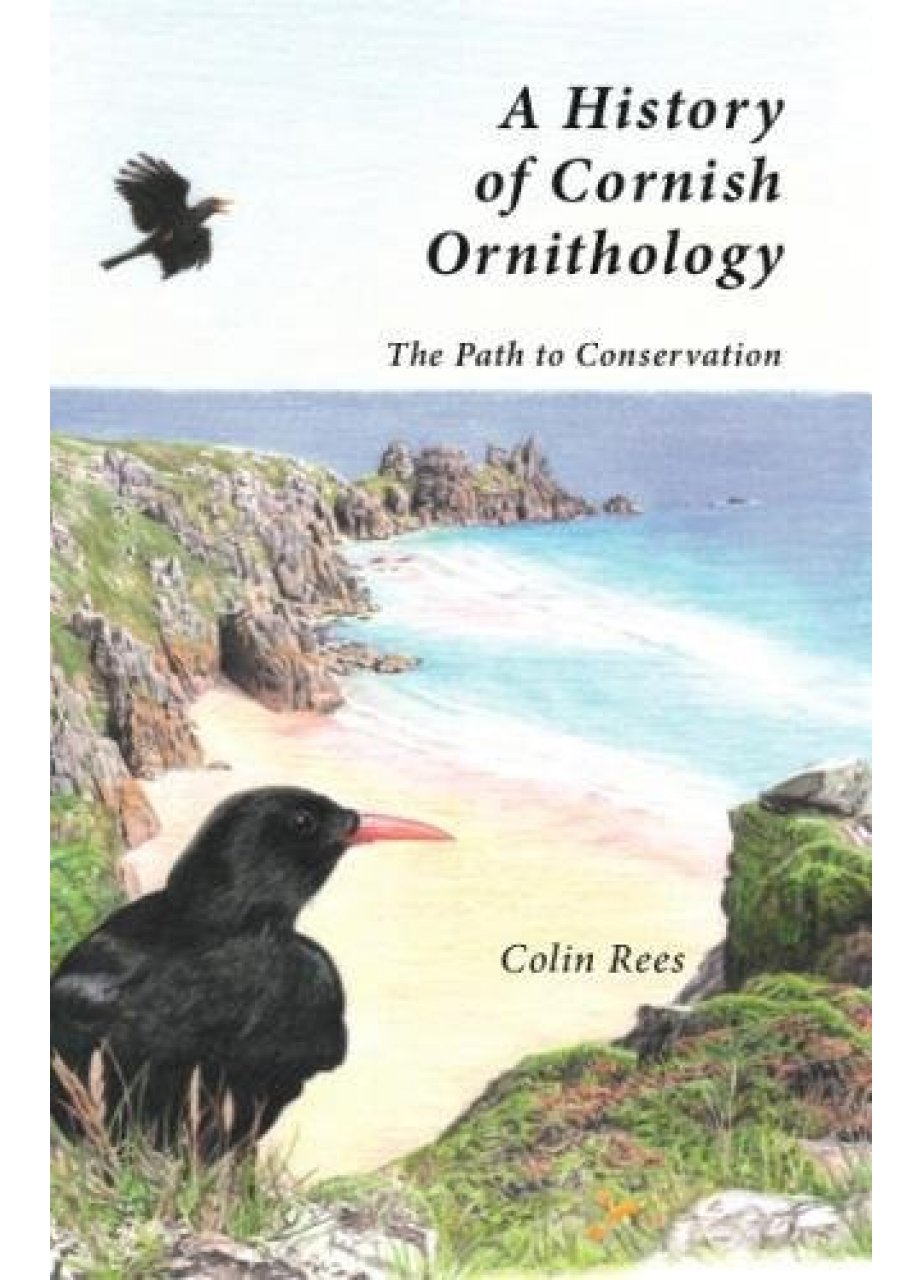A History of Cornish Ornithology
 A History of Cornish Ornithology: the Path to Conservation by Colin Rees (Tor Mark Press, Redruth, 2017).
A History of Cornish Ornithology: the Path to Conservation by Colin Rees (Tor Mark Press, Redruth, 2017).- 445 pages, 100 colour and black-and-white photos and illustrations.
- ISBN 9781527202931. Paperback, £12.99.
The striking geographical position of Cornwall, jutting out into the Atlantic, provides unique opportunities to observe birds. Its resident and seasonal avian populations throw up constant surprises, but it is as a theatre of complex migratory movements with the regular appearance of Atlantic and eastern vagrants that set it apart from most other counties.
Colin Rees, a lifetime birder who has worked on conservation projects for international organisations in many countries, takes a broad and comprehensive look at ornithology in Cornwall. He gives an overview of the county’s distinctive landscape, touches on the influence of the Romans and the Normans, cites important documents and describes the evolving role of bird study and conservation. He tells of the disappearance of Chough (known in Cornwall as the ‘Cornish Chough’) and its eventual natural recolonisation of the county, when in 2001 a small group turned up in Cornwall and the following year a pair nested on The Lizard, the first breeding of this species in the county for more than 50 years.
Rees tells, too, of the many individuals who have shaped bird study and conservation in Cornwall over the years. One of these is Lt Col B H Ryves (1876-1961) who “put ornithology in Cornwall on the map”. Invalided out of the Indian army in 1920, Ryves returned to Britain and settled in Cornwall, where he and his wife intensively studied the birdlife of the county. Their three-year study of the Corn Bunting proved that “most males were polygamous, having from two to seven hens each”.
Ryves contributed nature notes to newspapers and magazines and in 1948 published his delightful book Bird Life in Cornwall, a seminal work. But perhaps his most important achievement was, with a group of friends, forming the Cornwall Bird Watching and Preservation Society in 1931.
In his final chapter, Colin Rees speculates about the future of ornithology in Cornwall and the rest of the country. He concludes with a personal plea: “What will our children’s sons and daughters think if we leave them a world without song and flight?”

